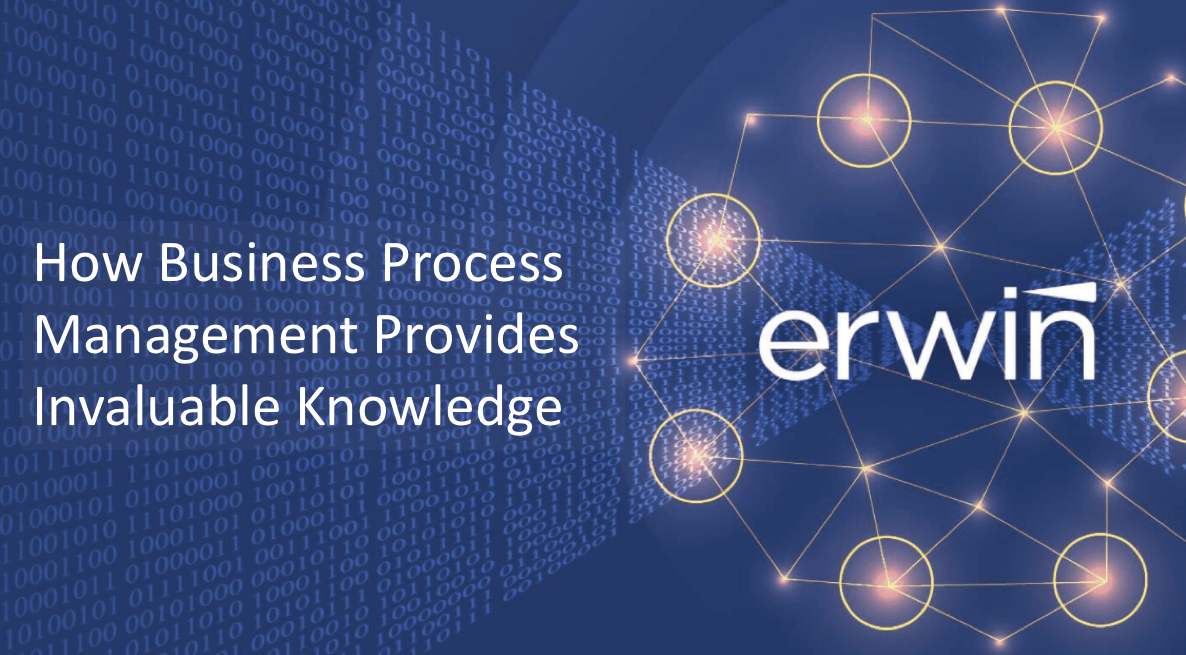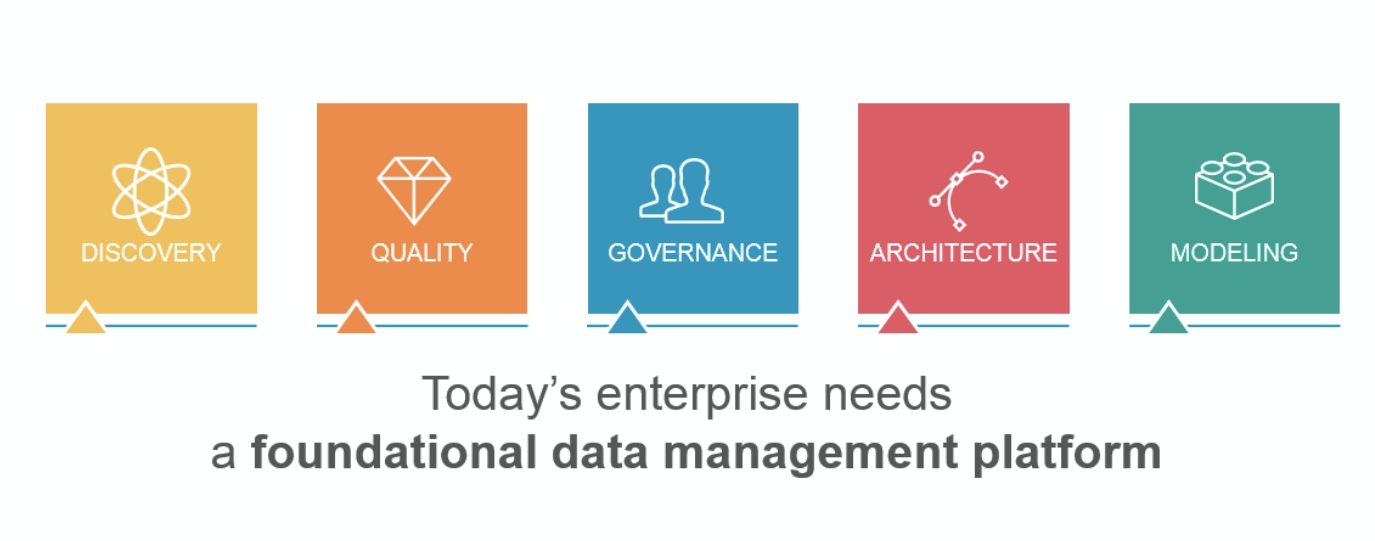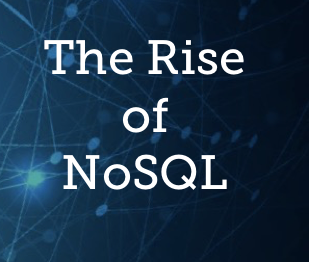The amount of data in the world is staggering. And as more and more organizations adopt digitally orientated business strategies the total keeps climbing. Modern organizations need to be equipped to manage Any2 – any data, anywhere.
Analysts predict that the total amount of data in the world will reach 44 zettabytes by 2020 – one zettabyte = 44 trillion gigabytes. That’s an incredible feat in and of itself. But considering the fact that the total had only reached 4.4 zettabytes in 2013, the rate at which data is collected and stored becomes even more astonishing.
However, it is equally incredible that less than 0.5% of that data is currently analyzed and/or utilized effectively by the business.
What does this mean for business?
Perhaps the most obvious answer is opportunity. You likely wouldn’t be reading this blog if you weren’t at least passively aware of the potential insight that can be derived from a series of ones and zeros.
Start-ups such as Uber, Netflix and Airbnb are perhaps some of the best examples of data’s potential being realized. It’s even more apparent when you consider these three organizations refer to themselves as technology companies, as opposed to the fields their services fall under.
But with data’s potential, potentially open for any business to invest in, action, and benefit from, competition is more fierce than ever, which brings us to what else this new wave of data means for business. That being effective data management.
All of this new data is being created, or even stored, under one manageable umbrella. It’s disparate, it’s noisy, and in its raw form it’s often useless. So to uncover data’s aforementioned potential, businesses must take the necessary steps to “clean it up”.
That’s what the Any2 concept is all about. Allowing businesses to manage, govern and analyse any data, anywhere.



Any2 – Any Data
The first part of the Any2 equation, pertains to Any Data.
Managing data requires facing the challenges that come with the ‘three Vs of data’: volume, variety and velocity, with volume referring the amount of data, variety to its different sources, and velocity the speed in which it must be processed.
We can stretch these three Vs to five when we include veracity (confidence in the accuracy of the data), and value.
Generally, any data concerns the variety ‘V’, referring to the numbered and disparate potential sources data can be derived from. But as we need to be able to incorporate all of the varying forms of data to accurately analyze it, we can also say any data concerns the volume, and velocity too – especially where Big Data is considered.
Big Data initiatives increase the volume of data businesses have to manage exponentially, and to achieve desired time to market, it must be processed quickly (albeit thoroughly), too.
Additionally, data can be represented as either structured or unstructured.
Traditionally, most data fell under the structured label. Data including business data, relational data, and operational data, for example. And although the different types of data were still disparate, being inherently structured within their own vertical still made them far easier to manage, define, and analyze.
Unstructured data, however, is the polar opposite. It’s inherently messy and it’s hard to define, making both reporting and analysis potentially problematic. This is an issue many businesses face when transitioning to a more data-centric approach to operations.
Big data sources such as click stream data, IoT data, machine data and social media data all fall under this banner. All of these sources need to be rationalized and correlated so they can be analyzed more effectively, and in the same vain as the aforementioned structured data.
Any2 – Anywhere
The anywhere half of the equation is arguably also predominantly focused on the variety ‘V’ – but from a different angle. Anywhere is more concerned with the differing and disparate ways and places in which data can be securely stored, rather than the variety in the data itself.
Although an understanding of where your data is has always been a necessity, it’s now become more relevant than ever. Prior to the adoption of cloud storage and services, data would have to have been managed locally, within the “firewall”.
Businesses would still have to know where the data was saved, and how it could be accessed.
However, the advantages of storing data outside of the business have become more apparent and more widely accepted. This has seen many businesses take the leap and invest in varying capacities, into-cloud based storage and software-as-a-service (SaaS).
Take SAP, for example. SAP provides one solution and one collated database, in favour of a business paying installation and upkeep fees for multiple softwares and databases.
And we still need to consider the uptick in the amount of businesses that buy customer data.
All of this data still has to be integrated, documented and understood in order for it to be useful, as poor management of data can lead to poor results – or, garbage in, garbage out for short.
Therefore, the key focus of the anywhere part of the equation is granting businesses the ability to manage external data at the same level as internal.
Effectively managing data anywhere, requires data modeling, business process and enterprise architecture.
Data modeling is needed to establish what you have whether internal or external, and to identify what that data is.
Business Processes is required to understand how the data should be used and how it best drives the business.
Enterprise Architecture is useful as it allows a business to determine how best to leverage the data to drive value. It’s also needed to ensure the business has a solid enough architecture to allow for this value to come to fruition, and in analyzing/predicting the impact of change, so that value isn’t adversely affected.
So how do we manage Any Data, Anywhere?
The best way to effectively manage Any Data, Anywhere, so that we can ensure investing in data management and analysis adds value, is to consider the ‘3Vs’ in relation to the data timeline. You should also consider the various initiatives (Data Modeling, Enterprise Architecture and Business Process) that can be actioned at each stage to ensure the data is properly processed and understood.



Any2 approach helps you:
- Effectively manage and govern massive volumes of data
- Consolidate and build applications with hybrid data architectures – traditional + Big Data, cloud and on-premise
- Support expanding regulatory and legislative requirements: GDPR etc
- Simplify collaboration and improve alignment with accurate financial and operation information
- Improve business processes for operational efficiency and compliance standards
- Empower your people with self-service data access: The right information at the right time to improve corporate decision-making
For more Data Modeling, Enterprise Architecture, and Business Process advice follow us on Twitter and Linkedin to stay updated with the new posts!



















